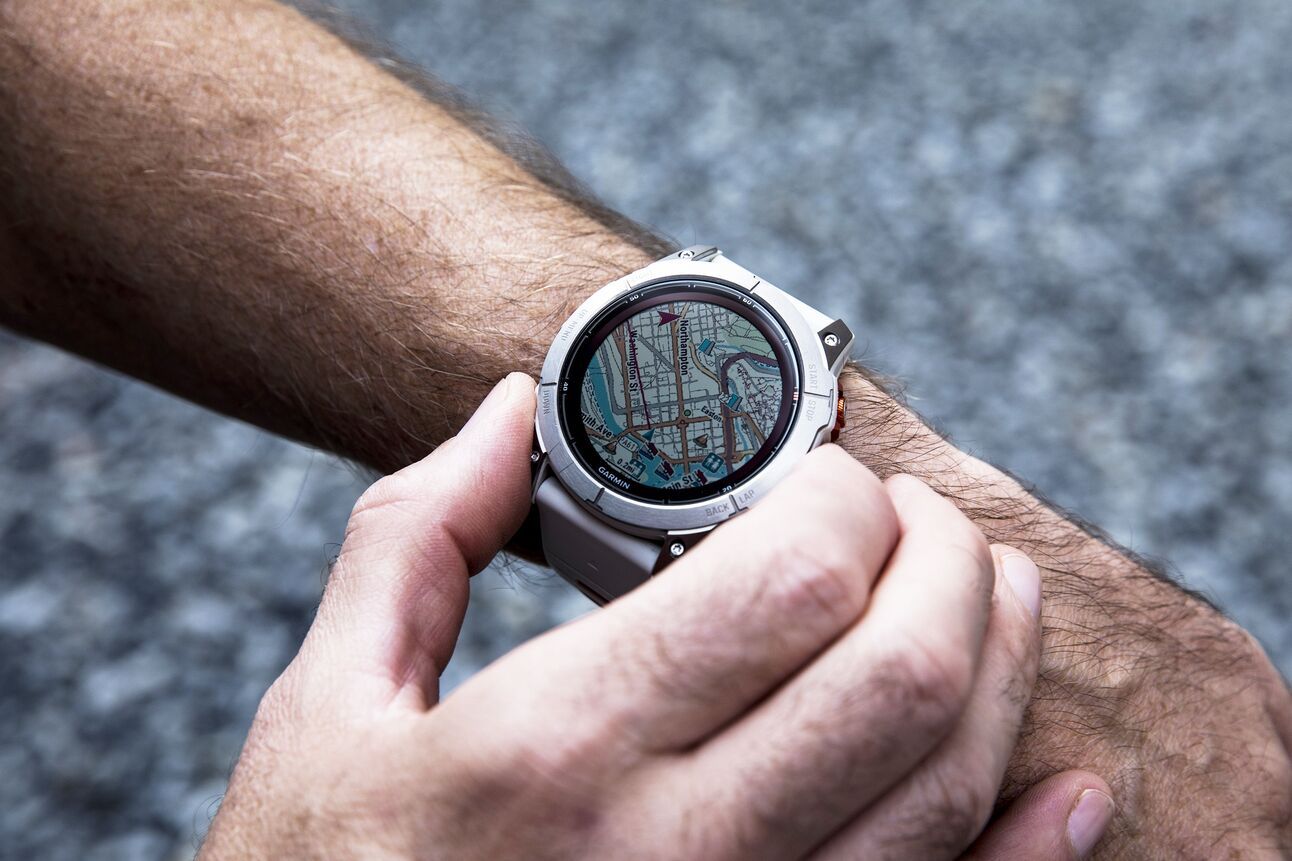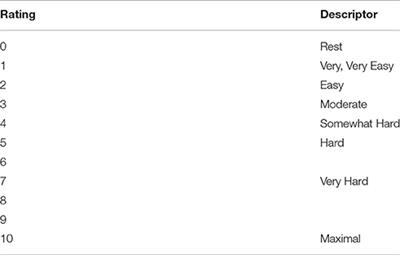- PBR Insights
- Posts
- Understanding Running Exposure: A Key Factor in Analyzing Running-Related Injuries
Understanding Running Exposure: A Key Factor in Analyzing Running-Related Injuries

Experts in the field recognize that understanding running-related injuries necessitates an examination of running exposure. This concept delves into how extensively an athlete has been engaged in running activities. To quantify this exposure, both internal and external load measures are employed. Internal load pertains to the physiological stress endured by the body during running, encompassing factors like heart rate, perceived exertion, and muscle fatigue. External load, on the other hand, focuses on the mechanical stresses exerted on the body, including distance covered, pace, and frequency of running sessions. By analyzing these measures collectively, researchers and practitioners gain valuable insights into the overall stress experienced by athletes during running, thus aiding in the prevention and management of running-related injuries.
Table of Contents
Why does running exposure matter?
Not all metrics of external load are equally informative. While analyzing the weekly distance covered offers valuable insights, it doesn't provide a comprehensive understanding on its own. Runners who maintain a faster pace may experience heightened tissue stress per kilometer. Moreover, internal training load can fluctuate even with a consistent external training load.
Imagine Runners A and B both complete 30 kilometers per week at an average pace of 5 minutes per kilometer. While this external load appears the same, if Runner A consistently trains at 70% of their maximum heart rate and Runner B trains at 85%, they're accumulating different internal training loads despite matching their external training metrics.
A simple way to quantify internal training load?
Internal training load: capture information about the runner’s physiological effort during training and can help assess physiological overload. sRPE tends to be a good surrogate and heart rate are more practical tool for assessing internal load in runners while still retaining the reliability needed in research.
sRPE, or sessional Rating of Perceived Exertion, is a common method to quantify internal load in training sessions. It is a straightforward and effective way to assess the overall exertion of an exercise session.
Here's how you calculate it:
Rate Your Perceived Exertion: At the end of a training session, ask the runner to rate their perceived exertion on a scale of 1 to 10. This is typically a subjective measure of how hard they felt the session was. A rating of 1 would mean very easy, while 10 would mean maximal effort.

Determine the Duration of the Session: Record the total duration of the training session in minutes.
Calculate sRPE: Multiply the perceived exertion rating by the duration of the session.
Formula: sRPE = RPE × duration (in minutes)
For example, if a runner rates the perceived exertion of their session as 7 out of 10, and the session lasted for 60 minutes, the sRPE would be calculated as follows:
sRPE = 7 × 60 = 420
What about external load?
External metrics used to gauge training load typically encompass time spent, distance covered, or steps taken during running. While distance and duration are straightforward to measure and comprehend, considering steps taken from a biomechanical standpoint may offer a more accurate estimate of the mechanical loading experienced by the body. Running speed serves as the primary means of quantifying the intensity of an external load, although it's important to acknowledge the complexities surrounding the relationship between pace and internal load, as discussed earlier.
When measuring running exposure in long-distance runners, it's essential to consider both the duration and distance covered in each session, as well as the frequency of training sessions over time. Additionally, taking into account factors such as terrain, elevation changes, and weather conditions can provide a more comprehensive understanding of the overall running exposure. Utilizing GPS-equipped devices or running logs can aid in tracking and analyzing these metrics effectively.
Training Logs
These self-reported data can be valuable, but their reliability and validity may be challenging to maintain. Despite this, self-reported training diaries remain the most effective method for regularly assessing the rating of perceived exertion (RPE) to quantify an athlete's internal training load. They also offer a convenient way to evaluate other variables such as mood, illness, and injury.
One study involving 100 recreational runners found that self-reported distance covered in a single training session could vary by as much as -28% to +40% of the actual distance.
As for developing your own self-reported questionnaire for athletes to report their sessional RPE, consider questions that are clear, concise, and easy to understand. Include prompts that ask athletes to rate the overall intensity of their training session on a scale, perhaps from 1 to 10, with corresponding descriptions for each level of exertion. Additionally, you may want to inquire about factors that could influence perceived exertion, such as environmental conditions or personal factors (nutrition, sleep, etc).
Global Positioning System Devices (GPS)
This refers to GPS-equipped devices like smartphones or watches such as Garmin or Apple Watch, which can accurately measure the total distance covered during training. The information they gather, like distance, time, and speed, is clear and can help you make informed decisions when progressing running athletes.
GPS works best on straight paths with clear skies, so it might not be as accurate in cities or places with lots of trees.

Even in less than ideal conditions, GPS can estimate distance with an error rate of ≤6.2%.
One drawback of GPS watches is that athletes need to activate them before each session to record the run. However, experienced long-distance runners are typically diligent in ensuring their devices are activated to gather data effectively.
Activity Monitors
These devices use accelerometers, so you can use them inside or outside. But they use special algorithms to measure things like time of run, distance, and pace. These guesses might not always match up with official measurements. Still, lots of runners like using them because they're easy and convenient. Some of these devices can even keep track of how hard you're working by monitoring your heart rate, either with a sensor on your wrist or with a chest strap.

While chest-worn electrical sensors are commonly considered the top choice for measuring heart rate, wrist-worn optical sensors typically have a difference of only 3.3%–6.2% during running, which is acceptable.
Take Home Points
Returning to running after injury is challenging and employing a variety of methods to monitor different aspects of running simultaneously can provide valuable insights into the progress and highlight potential hurdles in rehabilitation. Despite the challenge of aligning data from various devices, integrating diverse tools such as training logs, GPS devices, commercially available activity trackers, and high-quality wearable sensors can yield a comprehensive understanding of the runner's performance and readiness to resume sports activities. The combination of these technologies can gather detailed and trustworthy data, empowering them to make well-informed decisions and customize rehabilitation programs effectively, ensuring a safe and triumphant return to sports for the individual.

